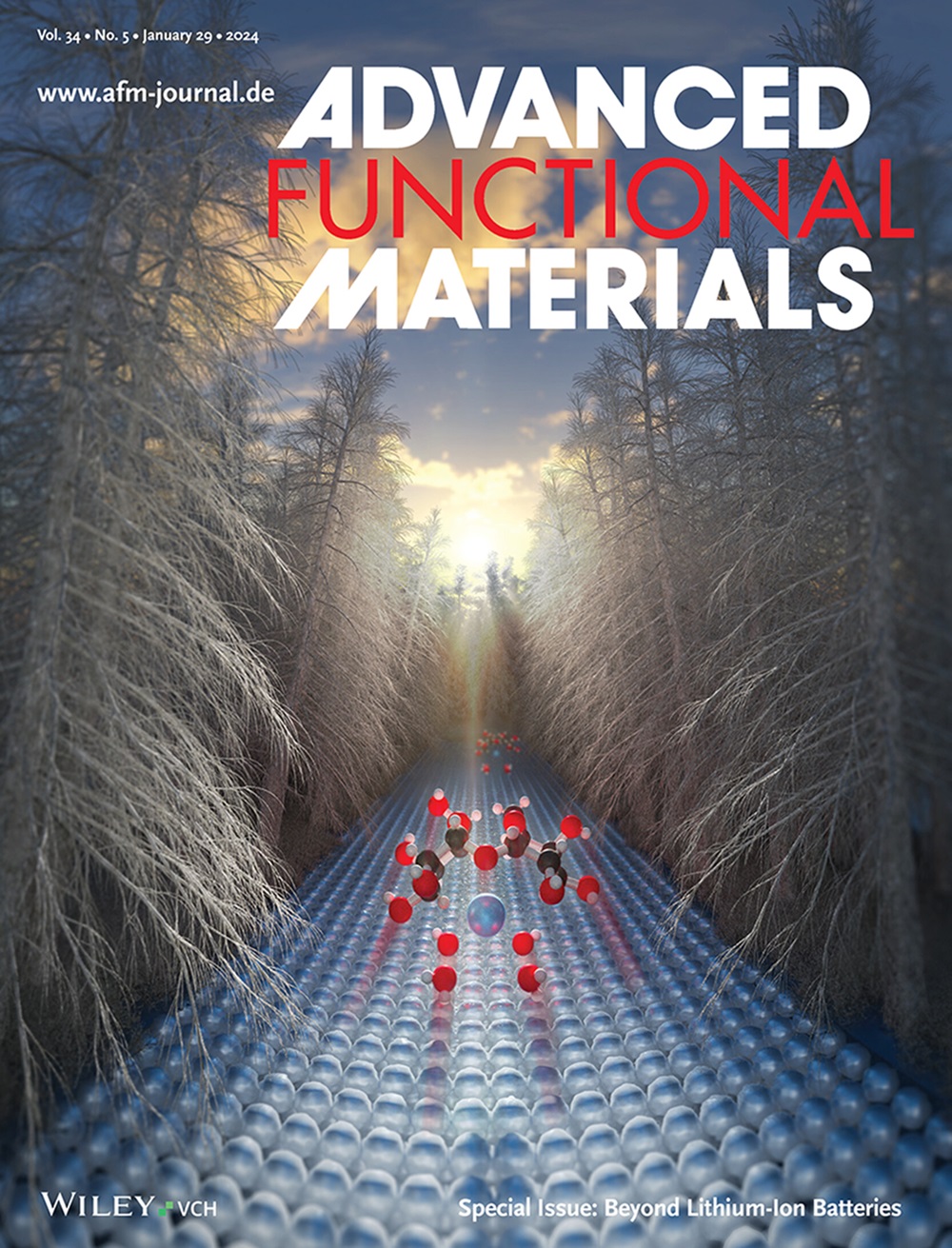Interface and Defect Engineering in 3D Co3O4-Ov/TiO2 to Boost Simultaneous Removal of BPA and Cr(VI) upon Photoelectrocatalytic/Peroxymonosulfate (PEC/PMS) System
IF 18.5
1区 材料科学
Q1 CHEMISTRY, MULTIDISCIPLINARY
引用次数: 0
Abstract
The combination of photoelectrocatalytic (PEC) and peroxymonosulfate (PMS) is an innovative strategy for environmental treatment. And fabricating a highly efficient photoelectrode is the most pivotal factor in PEC reactions. This study designs an advanced Co3O4-Ov/TiO2 photoelectrode by a dual-modification strategy encompassing interface engineering and defect engineering. The photoelectric characterization validates the synergy of oxygen vacancies and dual heterojunctions. Simulated electron density distribution and Kelvin probe force microscopy (KPFM) elucidate the charge transfer pathway between Co3O4-Ov and TiO2. 1O2 and SO4 .− are confirmed to be primarily responsible for the BPA oxidation in PEC/PMS system by radical scavenger experiments and the EPR technique. And the attack sites of BPA are precisely identified based on the Fukui index. Furthermore, density functional theory (DFT) calculations testify that Co3O4-Ov can improve the adsorption capacity of PMS and reduce the energy barrier of the reaction process, while XPS analysis showed Co3+/Co2+ redox couple can accelerate PMS activation. Enhanced anode oxidation can effectively promote cathode reduction and consequently Co3O4-Ov/TiO2-PMS/PEC system presents a superior removal of both pollutants within only 15 min with fast kinetics (0.15 min−1 for BPA, 0.29 min−1 for Cr(VI)). This work provides unique insight into designing a highly efficient PMS/PEC system for simultaneous pollutant treatment.

三维 Co3O4-Ov/TiO2 的界面和缺陷工程促进光电催化/过氧单硫酸盐 (PEC/PMS) 系统同时去除双酚 A 和六价铬
光电催化(PEC)与过氧化单硫酸盐(PMS)的结合是一种创新的环境治理策略。而制造高效的光电极是 PEC 反应中最关键的因素。本研究采用包括界面工程和缺陷工程在内的双重改性策略,设计了一种先进的 Co3O4-Ov/TiO2 光电极。光电表征验证了氧空位和双异质结的协同作用。模拟电子密度分布和开尔文探针力显微镜(KPFM)阐明了 Co3O4-Ov 和 TiO2 之间的电荷转移途径。通过自由基清除剂实验和 EPR 技术,证实 1O2 和 SO4 .- 是 PEC/PMS 系统中双酚 A 氧化的主要成分。并且根据福井指数精确地确定了双酚 A 的攻击位点。此外,密度泛函理论(DFT)计算证明 Co3O4-Ov 能提高 PMS 的吸附能力,降低反应过程的能垒;XPS 分析表明 Co3+/Co2+ 氧化还原偶能加速 PMS 的活化。阳极氧化作用的增强能有效促进阴极还原,因此 Co3O4-Ov/TiO2-PMS/PEC 系统能在短短 15 分钟内快速去除这两种污染物(双酚 A 为 0.15 分钟-1,六价铬为 0.29 分钟-1)。这项工作为设计高效的 PMS/PEC 系统同时处理污染物提供了独特的见解。
本文章由计算机程序翻译,如有差异,请以英文原文为准。
求助全文
约1分钟内获得全文
求助全文
来源期刊

Advanced Functional Materials
工程技术-材料科学:综合
CiteScore
29.50
自引率
4.20%
发文量
2086
审稿时长
2.1 months
期刊介绍:
Firmly established as a top-tier materials science journal, Advanced Functional Materials reports breakthrough research in all aspects of materials science, including nanotechnology, chemistry, physics, and biology every week.
Advanced Functional Materials is known for its rapid and fair peer review, quality content, and high impact, making it the first choice of the international materials science community.
 求助内容:
求助内容: 应助结果提醒方式:
应助结果提醒方式:


